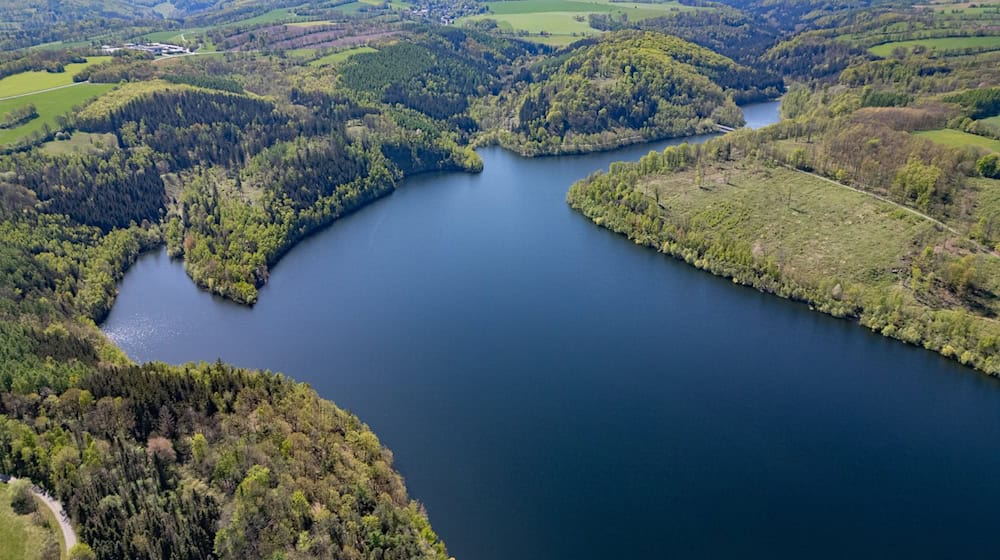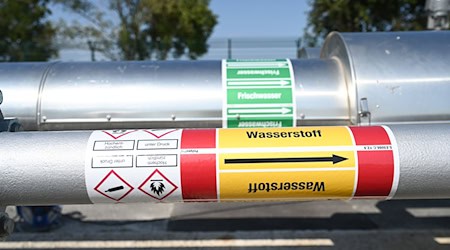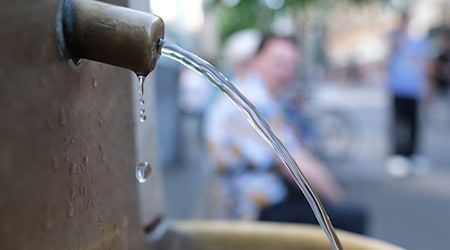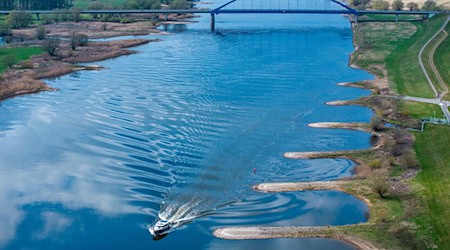Saxony's reservoirs are well filled despite the current drought. Thanks to optimized management, the filling levels in the drinking water reservoirs are at an average of 88 percent, said Katrin Schöne, spokeswoman for the state reservoir administration, when asked by the German Press Agency. "This means that the security of supply for the population and industry is also guaranteed this year despite the current very dry hydrological situation."
Drought causes low inflow into the reservoirs
As the previous months were very dry, the precipitation in recent weeks has only led to a slight increase in inflow into the reservoirs. In July, they were only around 44 percent of the long-term average for this month of July.
Dry periods such as the first half of 2025 would show the need to be able to allocate the available raw water between reservoirs more flexibly in the coming years.
Many reservoirs are interconnected
Most of Saxony's drinking water reservoirs are interconnected. These transfer systems allow water to be diverted to where it is needed. This helps to avoid bottlenecks during dry periods. "But the system is also of great benefit to water quality. For example, water of the best possible quality can be accessed at any time in the event of localized heavy rainfall," it said.
In Saxony, the first water reservoirs were built 500 years ago as part of the mining industry. With the industrial boom at the end of the 19th century and the growing population, the demand for water also increased. From then on, dams and reservoirs were built on a large scale.
Today, Saxony has the most dams in Germany after North Rhine-Westphalia. The majority of the structures - 25 drinking water and 31 service water reservoirs as well as 25 flood retention basins, six water reservoirs and one polder - belong to the state and are managed by the dam administration.
Copyright 2025, dpa (www.dpa.de). All rights reserved










